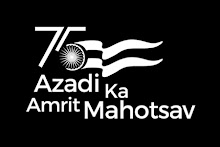The government’s efforts to check diversion of cheap cooking gas cylinders and prune freebies by capping supplies are paying off. Approximately Rs 764 crore in subsidy outgo was saved in the four months since the limit came into effect in September, data with state-run fuel retailers show.
Figures for the September-December 2012 period showed that the growth rate of domestic cylinder sales dived into negative territory at -5% since the supply of subsidized cylinders was capped at six per year for each household.
The sharp fall stands out against an 8% growth in cylinder sales recorded in the corresponding period of 2011 and indicates a near-absence of diversion.
Senior marketing executives of state fuel retailers said that most of the growth in domestic cylinder sales was coming from unlawful diversion of cheap cylinders for commercial purpose. This is borne out by the collateral growth in sale of non-domestic cylinders, which rose at 16-17% in the period under review against a mere 4% increase in sales recorded in the previous corresponding period.
Another indication of the annual cap’s success is sale of auto LPG (cooking gas sold as automotive fuel at market rate by fuel retailers), which recorded a growth of 4% against less than 3% previously.
The oil ministry has projected a subsidy loss of Rs 37,411 crore on cooking gas in 2012-13 at Rs 520.50 per cylinder.
Officials reckon that going by the experience in the last four months, the savings are likely to be even higher since there were no claimants for over one crore connections during the recent customer verification drive. These would be scrapped and save undeserving subsidy.



No comments:
Post a Comment